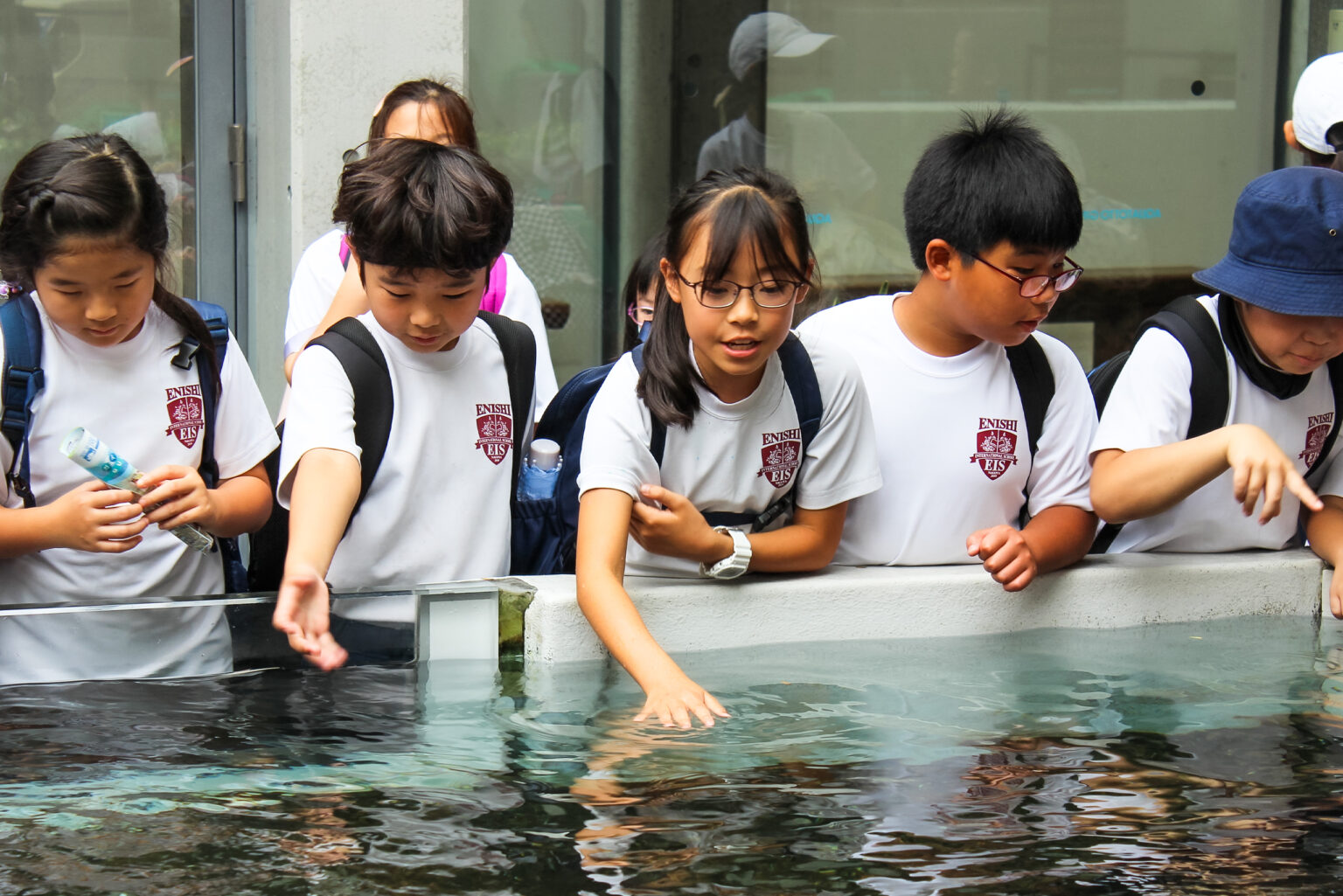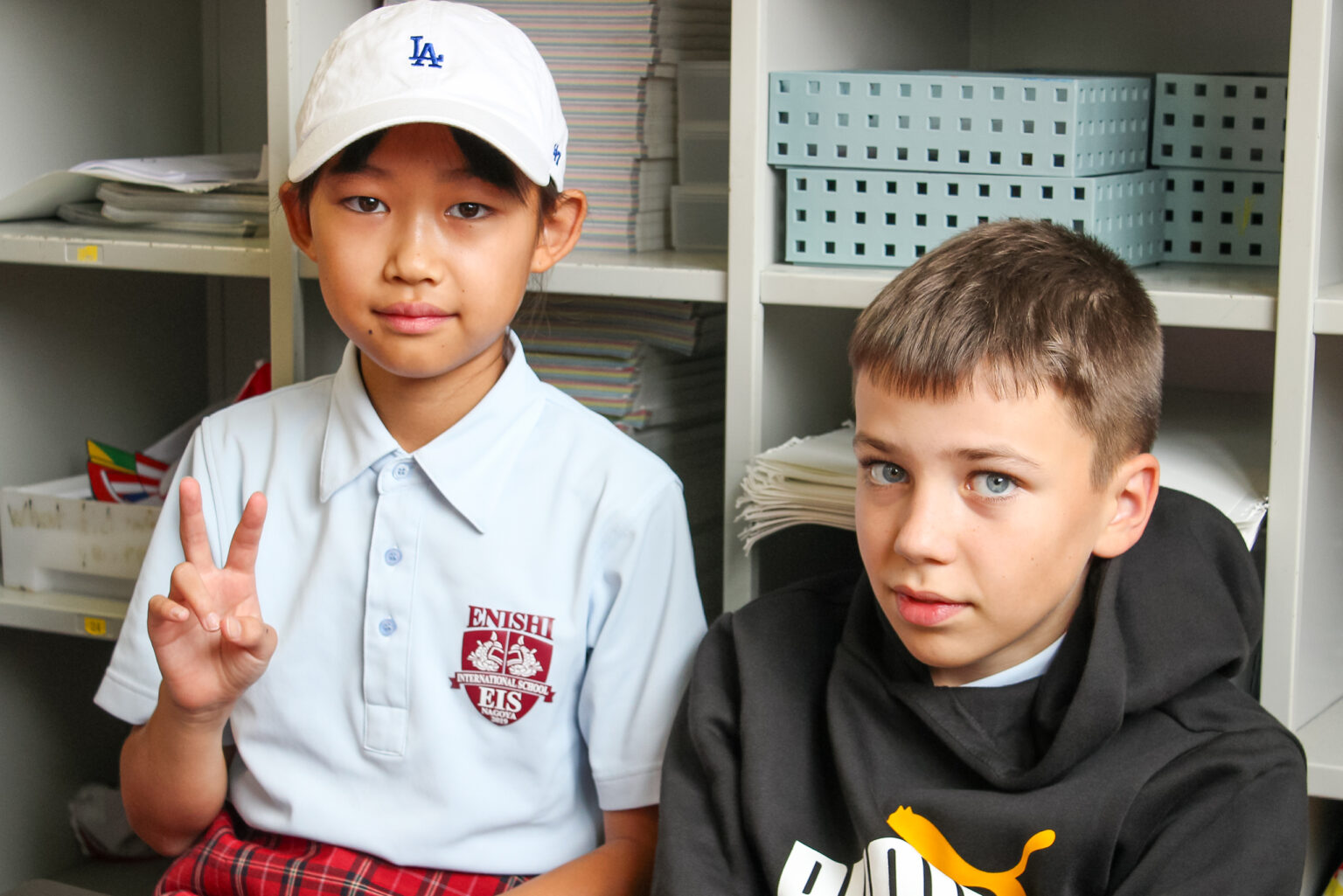PRIMARY SCHOOL
What is the IB Primary Years Programme?

The PYP is designed for students aged 3 to 12. It focuses on the development of the whole child as an inquirer, both in the classroom and in the world outside. It is a framework guided by six transdisciplinary themes of global significance, explored using knowledge and skills derived from six subjects areas, as well as transdisciplinary skills, with a powerful emphasis on inquiry.
- addresses students’ academic, social and emotional well-being
- encourages students to develop independence and to take responsibility for their own learning
- supports students’ efforts to gain understanding of the world and to function comfortably within it
- helps students establish personal values as a foundation upon which international-mindedness will develop and flourish.
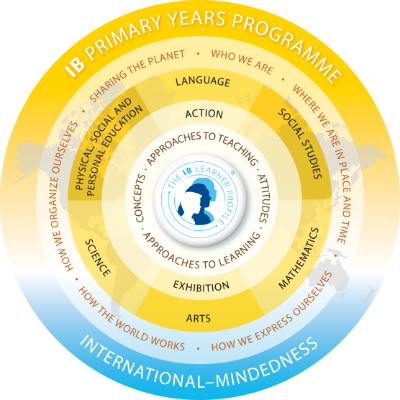
How the PYP works
The International Baccalaureate® (IB) Primary Years Programme (PYP) is underpinned by six transdisciplinary themes around which learning is planned.
- Who we are.
- Where we are in place and time.
- How we express ourselves.
- How the world works.
- How we organize ourselves.
- Sharing the planet.
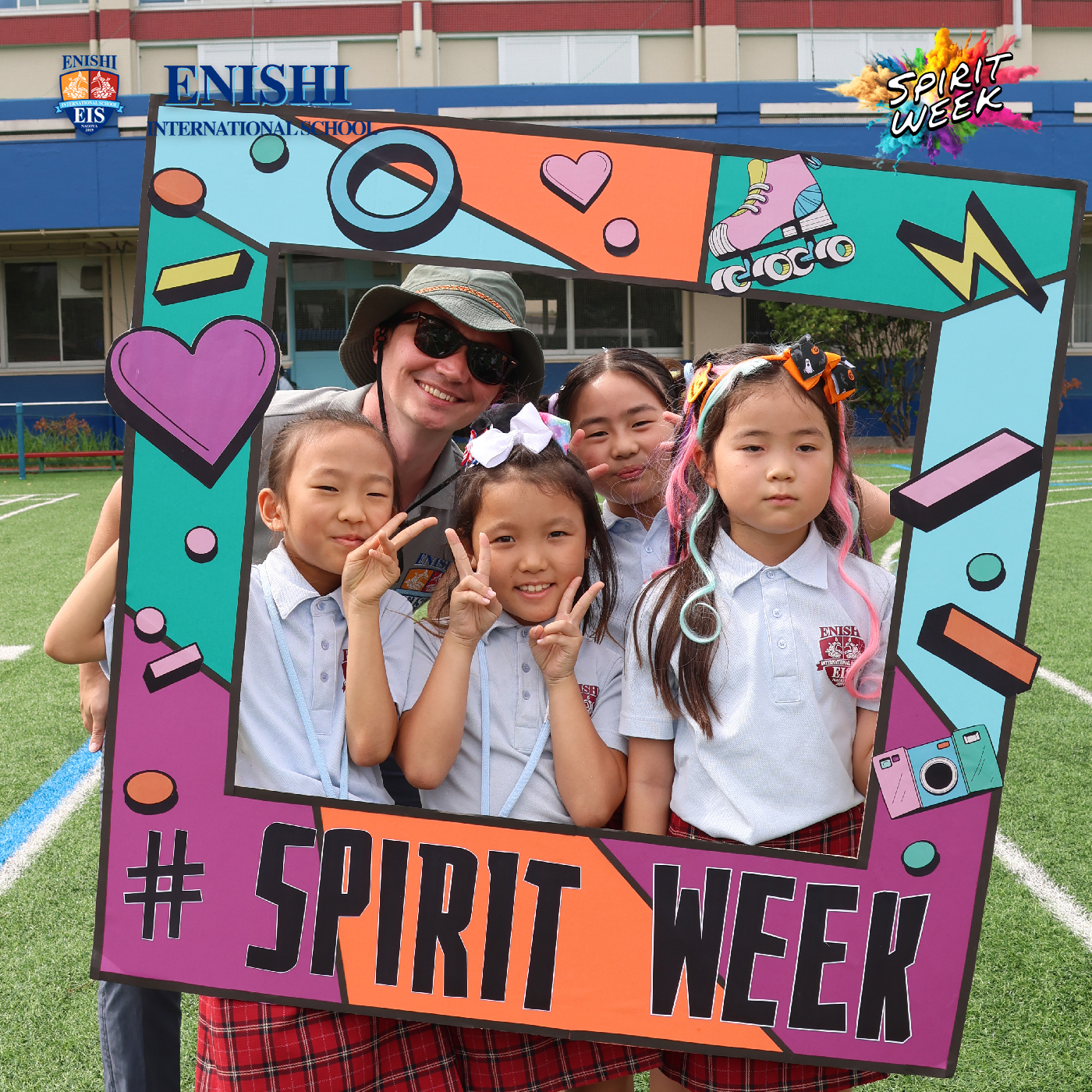
The PYP for Students
In the PYP, students learn how to think for themselves and take responsibility for their own learning through an inquiry-led approach.
By developing the attributes of the IB learner profile, students also learn how to demonstrate respect for themselves and others, developing international-mindedness by working with others for a shared purpose and taking positive action for change.
The PYP Curriculum
The Primary Years Programme (PYP) presents schools with a comprehensive plan for high quality, international education.
It provides schools with a curriculum framework of essential elements — the knowledge, concepts, skills, attitudes, and action that young students need to equip them for successful lives, both now and in the future.
We work with the five elements to construct a rigorous and challenging primary curriculum for international education.
The PYP aims to create a curriculum that is engaging, relevant, challenging and significant for learners in the 3–12 age range. The curriculum is transdisciplinary, meaning that it focuses on issues that go across subject areas.
